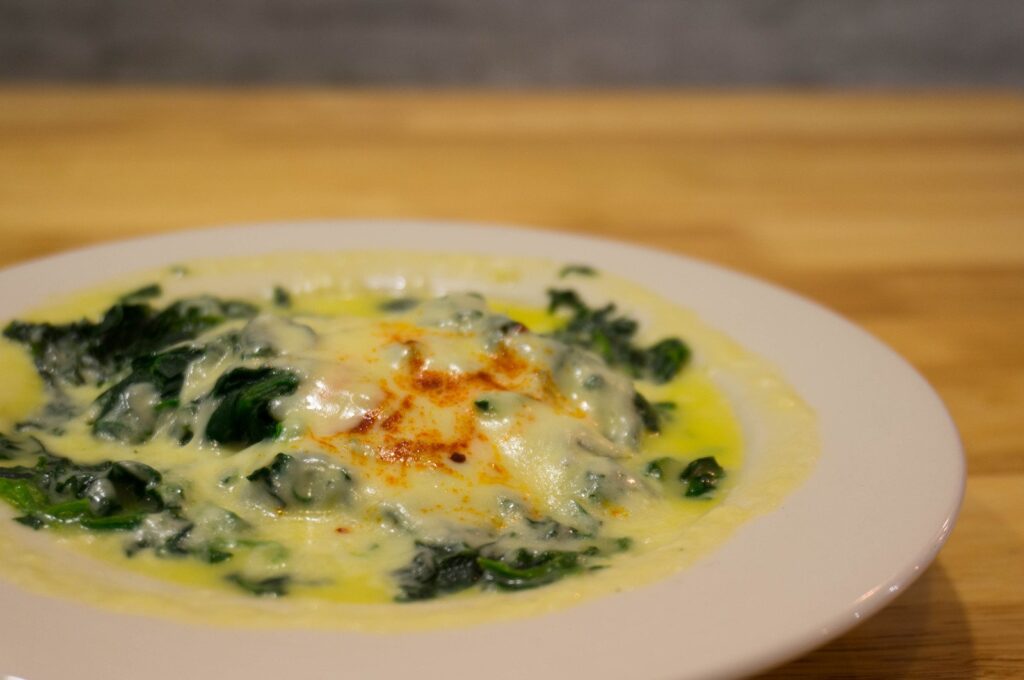Cheese – a simple word that evokes a universe of flavors, textures, and aromas. Beyond the plastic-wrapped slices in the supermarket aisle lies a world of artisanal cheeses, handcrafted masterpieces waiting to be explored. This article delves into the captivating realm of artisanal cheese, empowering you to navigate the cheese counter with confidence and create unforgettable flavor pairings.
Beyond Cheddar: Unveiling the Diversity of Artisanal Cheese
Artisanal cheeses are produced in small batches using traditional techniques and high-quality, local ingredients. This results in a symphony of flavors and textures far exceeding the uniformity of mass-produced cheeses. Here’s what makes them special:
- A Symphony of Flavor Profiles: Artisanal cheeses come in a staggering variety of styles, from the mild and creamy to the sharp and pungent. Each cheese offers a unique flavor profile influenced by factors like the type of milk used (cow, goat, sheep), aging time, and the specific production methods.
- A Celebration of Local Terroir: Artisanal cheeses often reflect the unique terroir, or environment, where they are produced. The specific grasses grazed by animals, the climate, and the cheesemaker’s artistry all contribute to the final flavor profile.
- A Commitment to Quality: Artisanal cheesemakers prioritize quality ingredients and traditional methods, resulting in a depth of flavor and complexity absent in mass-produced cheeses.
From Rind to Rind: Exploring Different Cheese Styles
The world of artisanal cheese offers a vast landscape to explore:
- The Soft and Spreadable: Creamy Brie, tangy Chevre (goat cheese), and buttery Camembert are perfect for spreading on crusty bread or pairing with fruit.
- The Semi-Soft Symphony: Bloomy rind cheeses like Camembert and washed rind cheeses like Epoisses offer a range of flavors, from earthy to pungent.
- The Firm and Flavorful: Cheddar, Gruyere, and Gouda come in various ages, offering a spectrum of flavors from mild and nutty to sharp and crystalline.
- The Blue Beauties: Veined cheeses like Roquefort and Gorgonzola boast bold flavors and creamy textures, perfect for adventurous palates.
Beyond the Board: Essential Tips for Selecting Artisanal Cheese
A few key tips will empower you to navigate the cheese counter with confidence:
- Engage with the Cheesemonger: Many cheese shops have knowledgeable staff (cheesemongers) who can answer your questions and recommend cheeses based on your preferences.
- Embrace the Sample: Don’t be afraid to ask for small samples to find cheeses that suit your taste.
- Consider Your Budget: Artisanal cheeses can range in price. Communicate your budget to the cheesemonger and explore options that fit your needs.
- Think Beyond the Familiar: Step outside your comfort zone and try a new cheese style. You might discover a new favorite!
From Plate to Perfection: The Art of Cheese Pairing
Cheese isn’t meant to be enjoyed alone. The true magic unfolds when it’s paired with complementary flavors and textures. Here’s how to create a symphony on your plate:
- The Art of Cheese and Wine: Classic pairings exist between cheese styles and wine varietals. For example, creamy cheeses often pair well with crisp white wines, while bold cheeses like blue cheese can handle a full-bodied red.
- The Power of Sweet: Fruit, honey, and jams can be delightful accompaniments to cheese. The sweetness complements the savory flavors and adds a touch of texture.
- The Symphony of Savory: Cured meats, olives, and nuts add another layer of flavor and texture to your cheese board.
- The Bread Basket Bonanza: Crackers and bread provide a neutral base to showcase the cheese flavors. Explore different bread options like baguettes, rustic loaves, or fig and walnut bread.
Beyond the Pairing: Building a Balanced Cheese Board
A beautifully curated cheese board is a centerpiece for any gathering. Here’s how to build yours:
- Variety is Key: Select cheeses from different styles (soft, semi-soft, firm) and milk types (cow, goat, sheep) to offer a range of flavors and textures.
- Quantity Matters: Aim for 2-3 ounces of cheese per person. Consider the number of guests and the other accompaniments you’ll be serving.
- Presentation Perfection: Arrange your cheeses on a platter with accompaniments like grapes, olives, nuts, and bread. Scatter fresh herbs for a touch of visual interest.
- The Art of Temperature: Serve your cheeses at room temperature for optimal flavor and texture. Take them out of the refrigerator about






